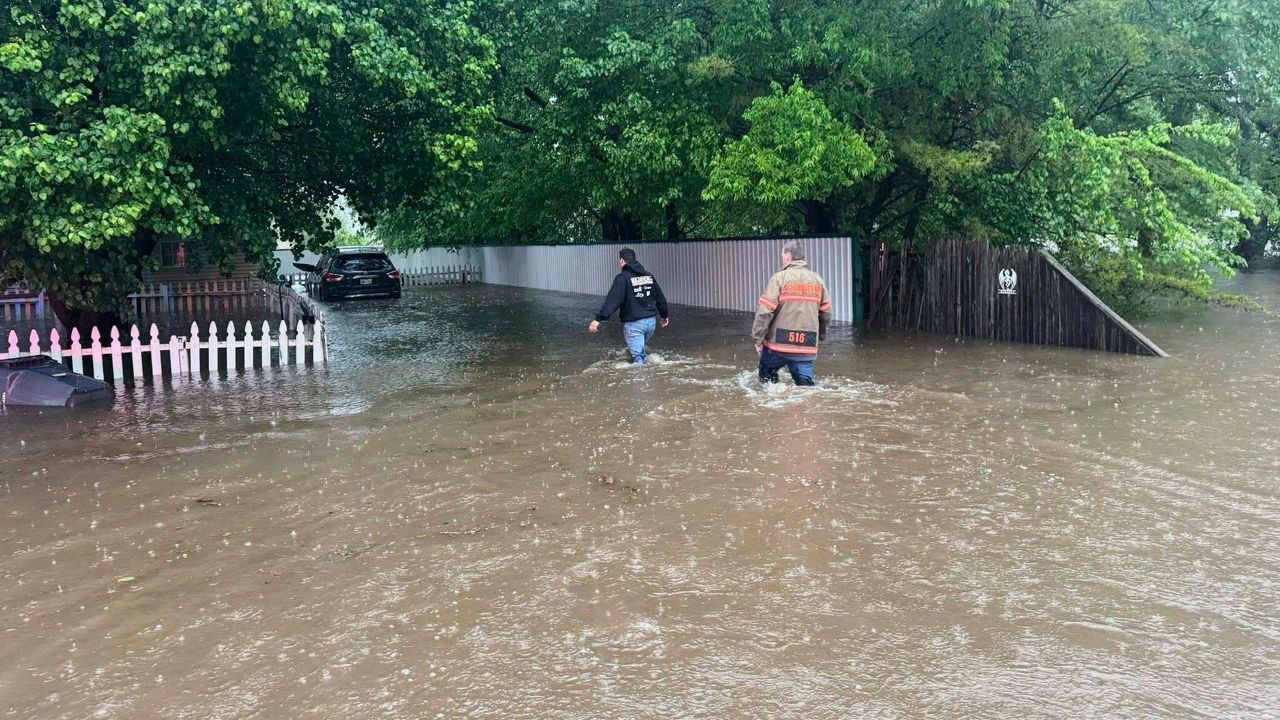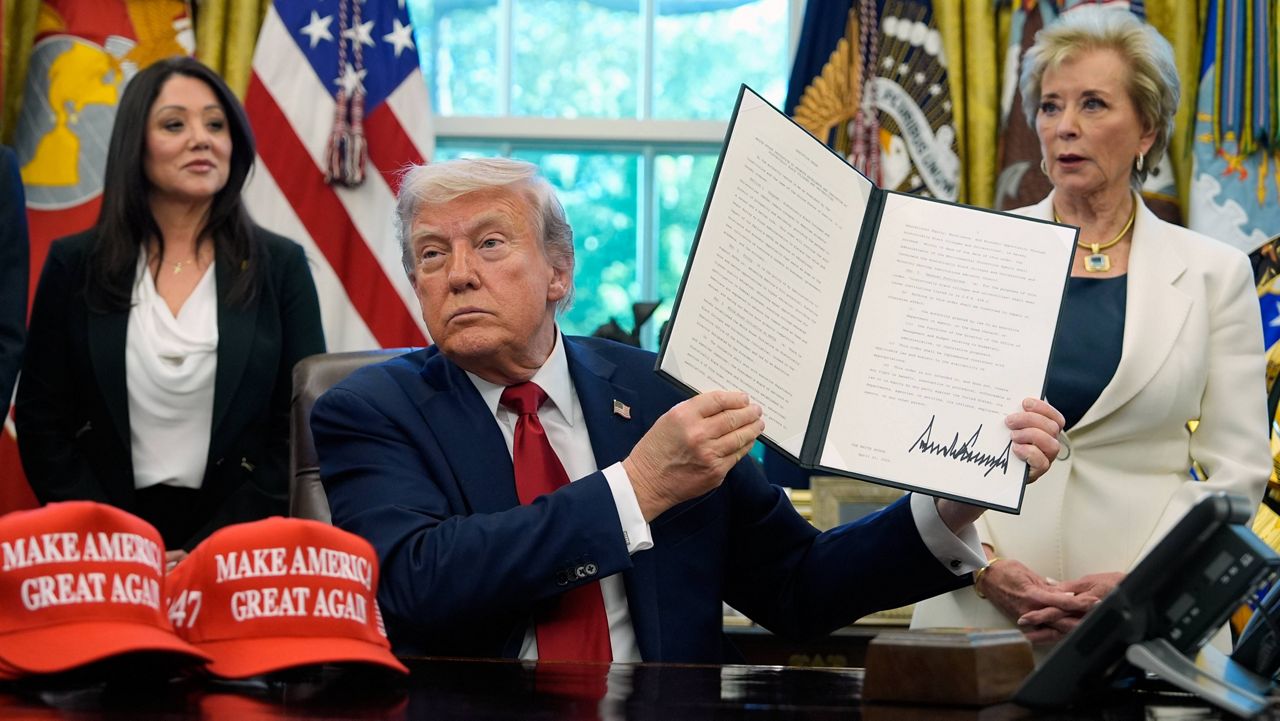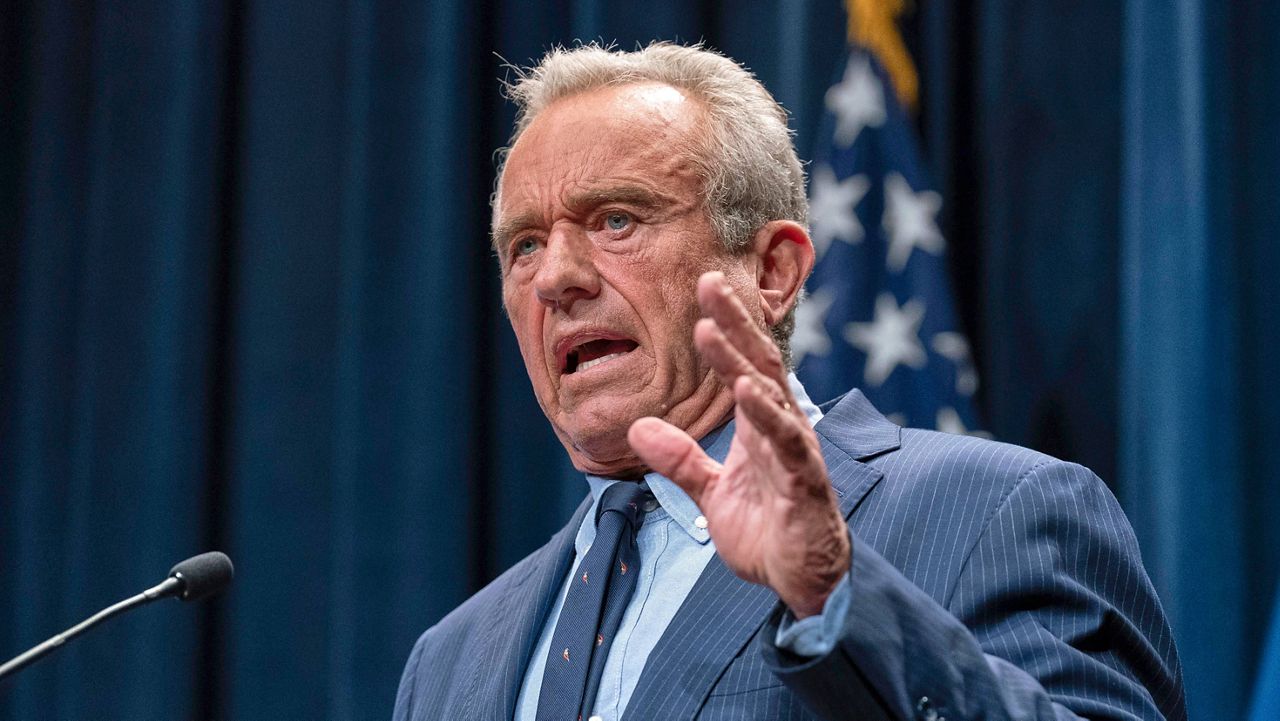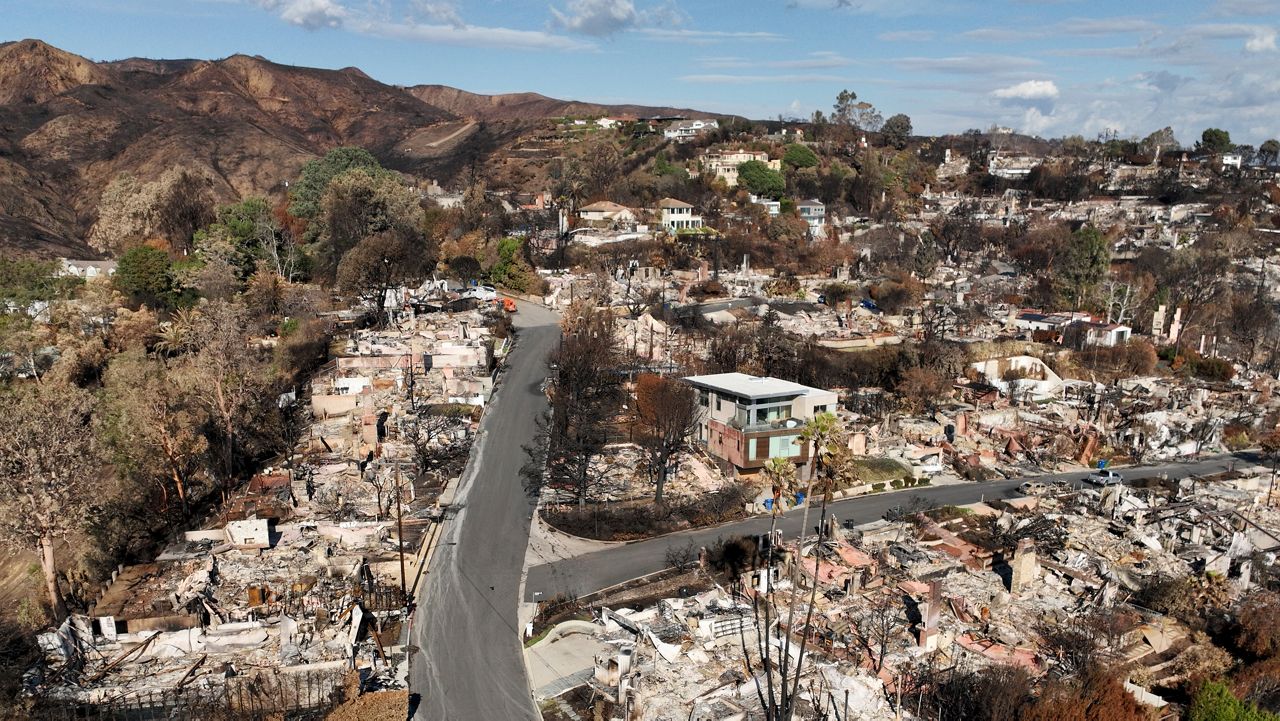WASHINGTON — Polls show a close race between presidential candidates Donald Trump and Kamala Harris. The winner will be determined not by popular vote, but by the Electoral College.
Electoral votes are allocated to each state according to the size of their delegations in Congress, which are determined by population. With most states consistently going red or blue, candidates focus a lot of their time and energy on a handful of swing states.
“Winning a state, even very narrowly, is very important,” said John Fortier, senior fellow at the American Enterprise Institute, a public policy think tank. “And therefore winning the very close states, the ones that we think are competitive, are important. And it's, of course, important for the candidates to campaign there, to run ads there, and that's where the focus of the campaign typically is.”
Either candidate would need a majority of the electoral votes, 270, to win. But it is possible for the race to end in a tie. In that scenario, Congress would decide the election via a special vote. The House of Representatives would determine the president. However, instead of each representative getting a vote, each state would get a vote.
Currently, the House delegations of 26 states have Republican majorities. Twenty-one have Democratic majorities, and three are split evenly.
But even if that were to happen, it’s still possible for the House vote to end in a tie — 25 to 25. In that case, the Senate would vote for the vice president, and that person would temporarily perform the duties of the president until lawmakers could negotiate a resolution.
Electing a president by popular vote would all but eliminate the possibility of such an outcome. But ending the Electoral College would dilute the power of the least populous states, so it’s unlikely that enough states would agree to amend the Constitution to change the voting system.








_crop)


